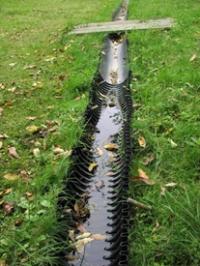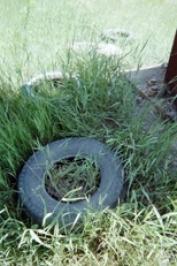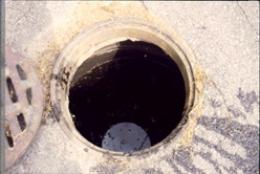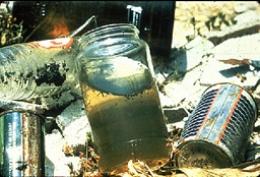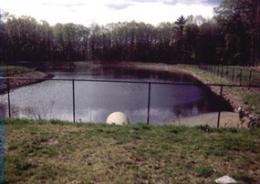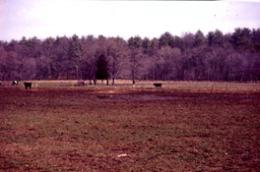Mosquito Habitats
Natural Environments:
Woodland pools, red maple swamps, acidic bogs, shrub/scrub swamps, cattail swamps and salt marshes are just a few wetland types occurring throughout the NEMMC service area. Wetland sites can hold water all year and others only contain water from snowmelt, after high tides or rain events. These environments serve as excellent breeding habitat for most species of mosquito found in our region.
Other natural environments include springs, seeps, rock pools, tree holes, tree cavities, beaver impoundments, and burrows made by various species of wildlife.




Man-made Environments:
Containers come in all shapes and sizes. They can be represented by something as small as an empty jar to something as large as a discarded tarp or abandoned boat. Just about anything that can hold water for 5 to 7 days is a perfect place for raising young mosquitoes.
Shallow, stagnant roadside ditches can contribute to mosquito populations at certain times. Agricultural ponds and fields can flood with rain water and create large scale mosquito breeding. Storm drains and catch basins are found throughout the project area and provide habitat for Culex pipiens, our primary WNV vector.
Other man-made sites include sediment retention and detention ponds, discarded tires, buckets, abandoned swimming pools, bird baths, pet dishes, flower pot saucers and clogged gutters.
